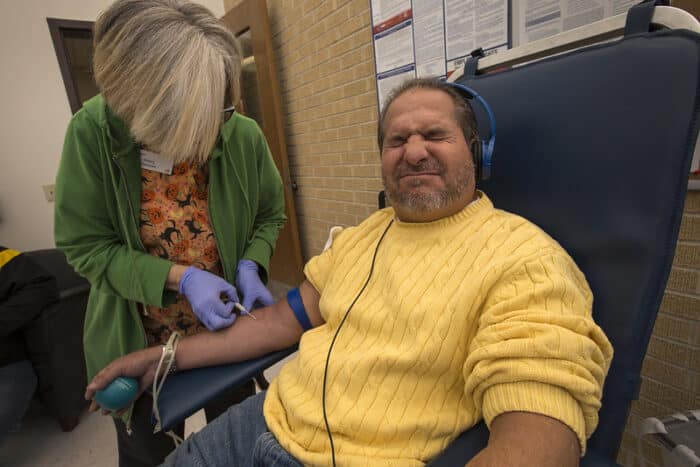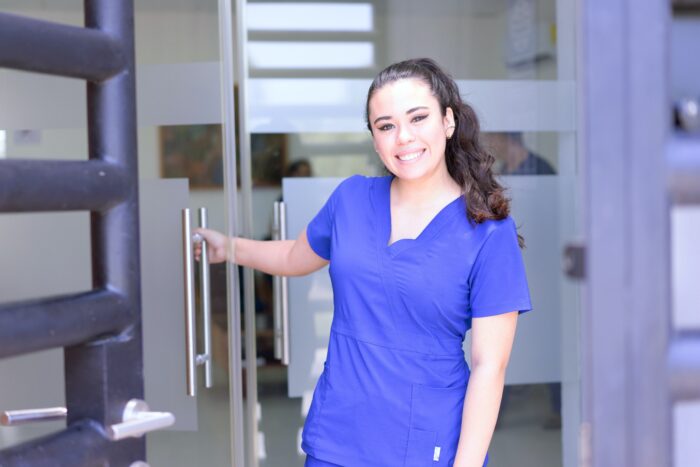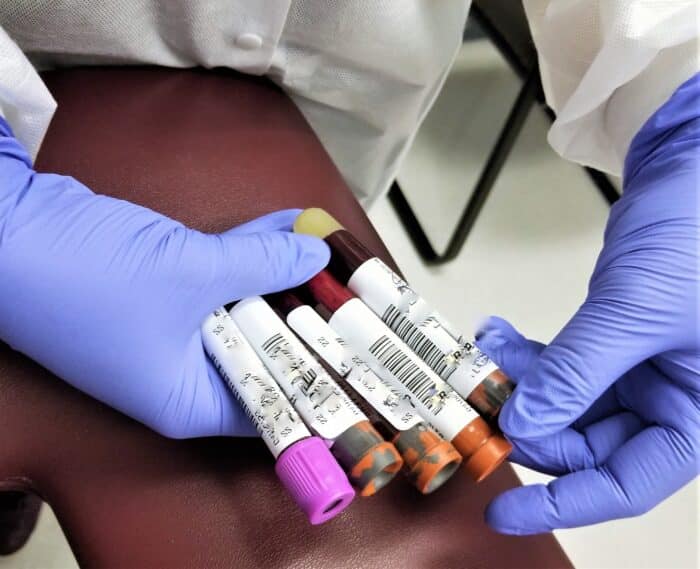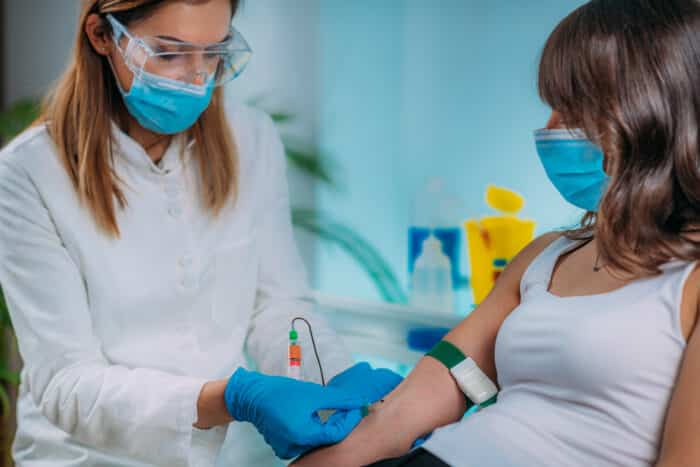If you’re interested in entering the world of healthcare, or if you’re already an aspiring phlebotomist, then you might have heard the term ‘Phlebotomy externship’.
But is it really necessary?
And how do you get one?
We’re here to answer all such questions and more.
In this article, we will uncover what phlebotomist externships are, what they do, how to get them, where to get them, and so on.
So sit back, relax, and read on!
What is a Phlebotomy Externship?
A phlebotomy externship is like an on-the-job training experience for people learning to be phlebotomists, those important folks who draw your blood at the doctor’s office. During this training, aspiring phlebotomists get to work in real-world healthcare places like hospitals or clinics.
The main goal of a phlebotomy externship is to let phlebotomists practice what they’ve learned in their training. They get to learn how to talk to patients, find the right veins for drawing blood, and use the tools correctly.
It’s all about making sure they can safely and cleanly collect blood samples. Plus, it helps them learn how to be good at talking to patients and being professional.
These externships are like a bridge between learning in a classroom and doing the job for real. They help students become skilled and confident phlebotomists, ready to help people in the healthcare field.
Also see: What is a Phlebotomist
Where Can I Do My Phlebotomy Externship?
Now that you know how important externships are, you might be wondering where you can find them.
Let us help you with that.
You can do your phlebotomy externship in various healthcare settings, including:
- Hospitals: Many hospitals offer phlebotomy externship programs where you can gain experience in a fast-paced healthcare environment. This is a great place to work with a diverse patient population and a wide range of medical conditions.
- Clinics and Medical Practices: Smaller medical clinics and practices often provide opportunities for phlebotomy externships.
- Blood Donation Centers: Organisations like the American Red Cross and local blood banks frequently offer externship opportunities.
- Laboratories: Clinical laboratories, whether part of a hospital or independent, may also have phlebotomy externships available. This setting allows you to gain a deeper understanding of the behind-the-scenes work with blood samples.
- Long-Term Care Facilities: Nursing homes and long-term care facilities may offer phlebotomy externships, providing a unique perspective on working with elderly or chronically ill patients.
- Research Facilities: Some research institutions hire phlebotomists for clinical trials and studies. An externship in such a setting can expose you to both research and clinical aspects of phlebotomy.

Do You Want To Become a Phlebotomist? Check Out Free Phlebotomist Masterclass!
In our masterclass you learn:
- How to be a Phlebotomist faster…in just 2 months!
- Avoid student debt & driving to classes
- #1 thing employers want from Phlebotomists
- How to stand-apart & get a university certificate for a strong resume
How to Get a Phlebotomy Externship
Getting an externship is extremely important for aspiring phlebotomists, and is especially important for clinical phlebotomists to experience on live patients.
Also see: How to Become a Phlebotomist
There are two main methods of completing your phlebotomy externship. Let us delve into each one in detail:
Enrolling in a Phlebotomy Training Program
The best way to get your phlebotomy externship is to enroll yourself in a phlebotomy training program. This is because most online phlebotomy training programs offer externship opportunities, once you complete your course.
Here is a step-by-step guide on how you can get an externship by enrolling in a training program:
- Enroll in a Phlebotomy Program: Sign up for a phlebotomy training program at a school or college.
- Check Program Requirements: Make sure you meet the requirements set by your program.
- Prepare Your Resume and Cover Letter: Create a resume that shows your education and any healthcare experience. Write a cover letter explaining why you want an externship.
- Check if Your Training Program Offers Externships: As mentioned earlier, most, if not all, online training programs offer externship opportunities once you finish their course.
Researching and Networking
Another method to get an externship is contacting your local or established hospitals, trade unions, or clinics. This is a bit more difficult than going the recommended way of enrolling in a training program.
Let us take a look at the steps:
- Research Healthcare Places: Find hospitals, clinics, or labs where you’d like to do your externship.
- Contact Them: Get in touch with these places to ask about their externship programs. You can talk to their HR department, lab managers, or education coordinators.
- Complete Application Steps: Follow their application process. This might include sending your resume, filling out forms, and showing your immunization records and background checks.
- Network: Go to healthcare events to meet people in the field. They might help you find an externship.
- Get Ready for Your Externship: If you get accepted, get ready by reviewing what you’ve learned in your phlebotomy program. Be on time and act professionally during your externship to make a good impression.
Conclusion
A Phlebotomy Externship is very important for gaining some insight in a real-world setting. As an aspiring phlebotomist, you can choose to complete your externship at a hospital, laboratory, or research facility.
Related Resources:
- Phlebotomist Salary
- Phlebotomist Requirements
- Day in the Life of a Phlebotomist
- Phlebotomist Job Description
- How To Choose Phlebotomist Classes Online?
- What is the Main Responsibility of a Phlebotomist?
- Which Two Skills are Important for a Phlebotomist?
- What Do You Need To Be a Phlebotomist?
- Pros and Cons of Being a Phlebotomist
- Phlebotomist Degree
- Mobile Phlebotomist
- How To Get a Phlebotomy Certification
- Top Places That Hire Phlebotomy Techs
- Phlebotomist Lab Technician
- Phlebotomist Training
- Phlebotomist Education
- Cardio-Phlebotomy Technician
- Online Phlebotomy Classes
- Order of Draw Phlebotomy
- Phlebotomy Internship
- 4-Week Phlebotomy Classes Online
Related Articles
-
How to Be Successful in College in 2022 – 7 Simple Tips to Succeed
-
How Do Scholarships Work? Read This First…Truth is Shocking
-
7 Best College Majors 2024: What Should I Major In?
-
How to Choose a College – 10 Things You Must Consider in 2024
-
Why Go to College? Top 13 Benefits for Adult Students in 2022
-
Top 5 Best Alternatives to Community College for 2024








